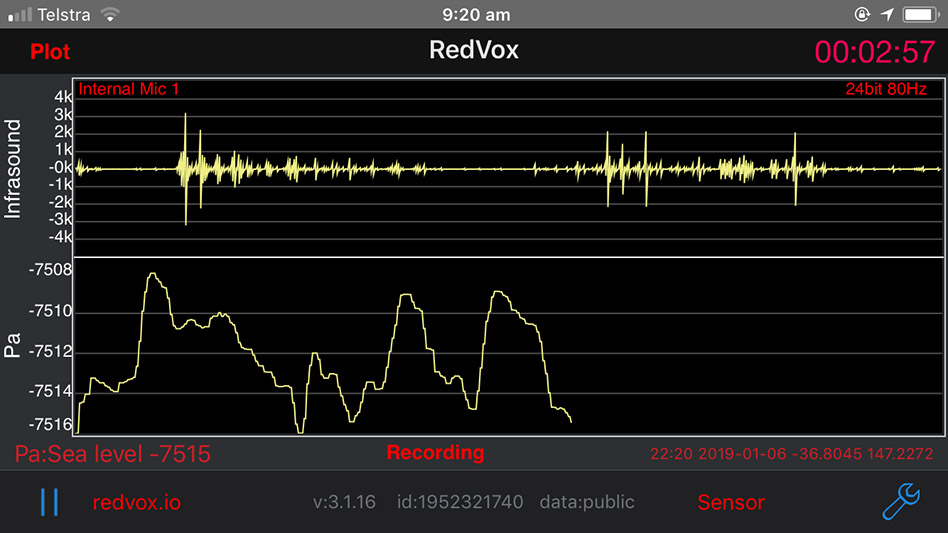()
One of my favourite books growing up was Haroun and the Sea of Stories by Salman Rushdie. A contemporary fable, its allegories about censorship alluded me as a kid; I just thought it was a great story of magical realism about a boy named Haroun, who, in a dream (?), drinks Wishwater and travels to Earth’s second moon, populated by mystical characters and creatures, and where all stories come from – the Sea of Stories. He finds himself caught up in a war between the two sides of the moon – one, a sea-faring, noisy, never-ending chatter of tales; the other, trying to poison the Sea and the wellspring itself from which all stories originate.
I arrived in Bogong and visited the high plains that lie above the village, and it feels like I’m in one of my dreams. Meadows are soft and rugged (goals); above the tree line. Isn’t that funny? Like one day, on the way up, trees just ended. Sound and silence move differently up here. Someone swept their hand across the table and cleared it – I’d like to think, for one of the best sounds on earth (wow, okay) – the call of gang gangs. I adore alpine parrots; someone I love told me before they died that they would become one – so up here is where I can find them. But also it’s just the rowdiest bird call; moods like “raucous” are based on it. Everyone up here – the birds, the meadow flowers, the ghost gums that cling to the side of the mountain – is someone you haven’t heard or seen anywhere else.
Back to Haroun. The poisoning of the story-ocean pulls him and his comrades down to the Old Zone, the heart of the sea and the source of all stories. This second moon is hidden from Earth by a “Process Too Complicated To Explain”; the villain poisoning the waters is down in the Zone in a ship of machines whose mischief work by a “Process Too Complicated To Describe”.
Is this too meta? (how is this journal entry going for you?) But the high plains streams are so magical – they’re where water comes from! And the hydroelectric scheme is so goddamn mysterious and complicated to explain. It is like standing on some major scaffolding of colonialism. The village and the mountain’s namesake, the Bogong moth, migrates to the high plains from Queensland to hibernate for the summer (what legends), their arrival marked for thousands of years by nations who travel up from the foothills to feast on swarms of the protein-rich moths. But in recent decades toxic levels of arsenic have been found in the moths when they arrive here – from consuming agricultural pesticides en masse up north. And it’s not only humans that eat Bogong moths – almost every animal on the high plains as well depends on their arrival in late spring.
So, it has been a spooky and stimulating time exploring the Scheme since arriving here. Your curiosity is rewarded with so much cooked stuff – pipes, tunnels, slabs of concrete coming out of the sides of mountains, in the middle of “nowhere”. McKay Power Station hums somewhere between G sharp and A flat; does this mean it’s tuned to Just Temperament?
Knowing I’m standing on an iceberg of electricity (most of the scheme’s grunt work happens under ground) lead me to download a pretty funny app (“RedVox”) that claims to measure infrasound (frequencies occuring below the human range of hearing (>20hZ)). Like other things we can’t hear/see/smell/taste/touch, infrasound lends itself to some fruity lines of thinking – my fave is that because 19hZ is the resonant frequency for eyeballs (uh-huh), 19hZ sound waves are the real cause of ghost sightings. People like to blame wind turbines’ untold evils (!) on their unheard infrasonic evils; it’s funny how forms of energy we know are destructive don’t seem to cop this rhetoric. I wanted to see what sub-sub-bass waves the power stations (a total of 4 in the Kiewa hydroelectric scheme) are putting out, so this fruity app is tracking their infrasonic activity for me – or so it says. The app’s marketing is fruity too – for people paranoid about infrasound and its hidden dangers, and hidden agendas possibly heralded by infrasound – like missile launches, explosions, even earthquakes. The thing is that while human hearing cuts out at 20hZ at the very lowest, so do microphones’. So the best guess is this app is harnessing sub-harmonics of audible frequencies and making a nice picture for people like me looking for something invisible (A Process Too Complicated To Conceive, maybe).
I took this nice picture spooling out of my phone and used it as a graphic score (a modern method of writing music that doesn’t ask you to learn how to read music) – here, the line just represents pitch, so as it goes up and down so do the notes you play. The power station is audibly tuned to 20 cents above G sharp (since it’s drifting up in pitch all the time anyway, we could just say it’s a G sharp of the future), so the cello and I have started there, with it – making an imagination of the infrasonic frequencies in an audible range, plus the barometric pressure reading in higher octaves. Listen here - and here’s the screenshots forming the score, if you would like to play along :)

For a great field manual on tree scarring in the south-eastern corner of the continent, see here.